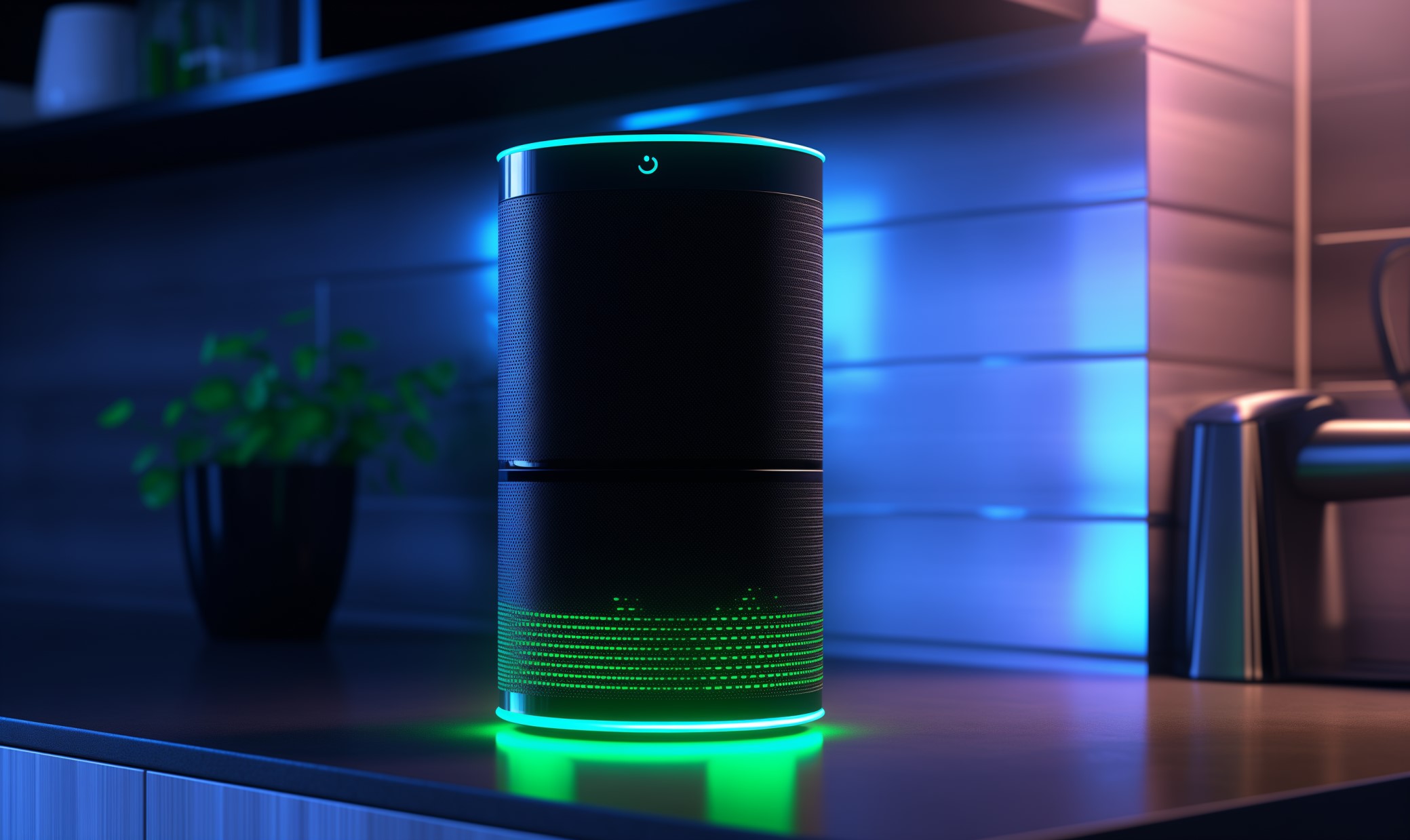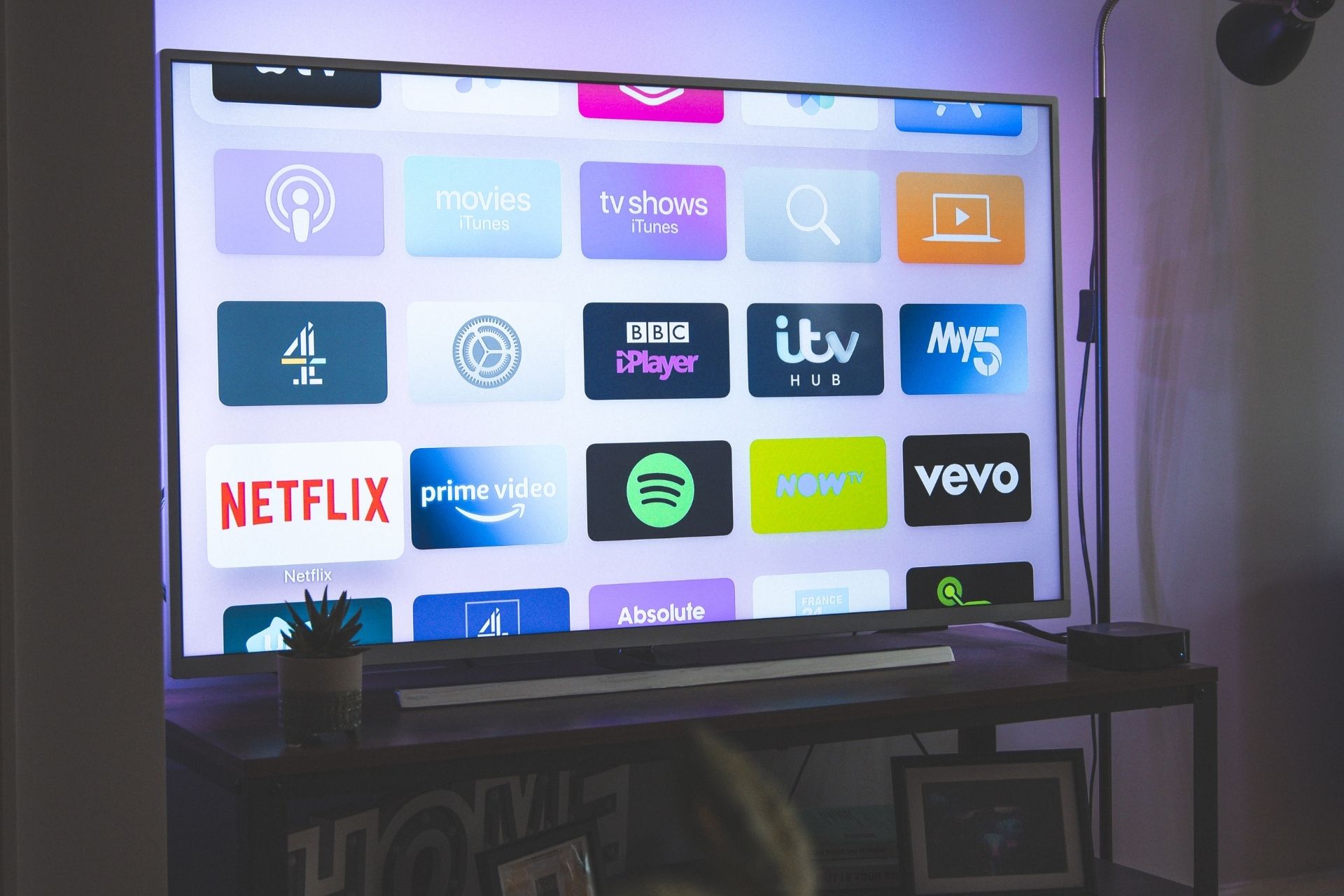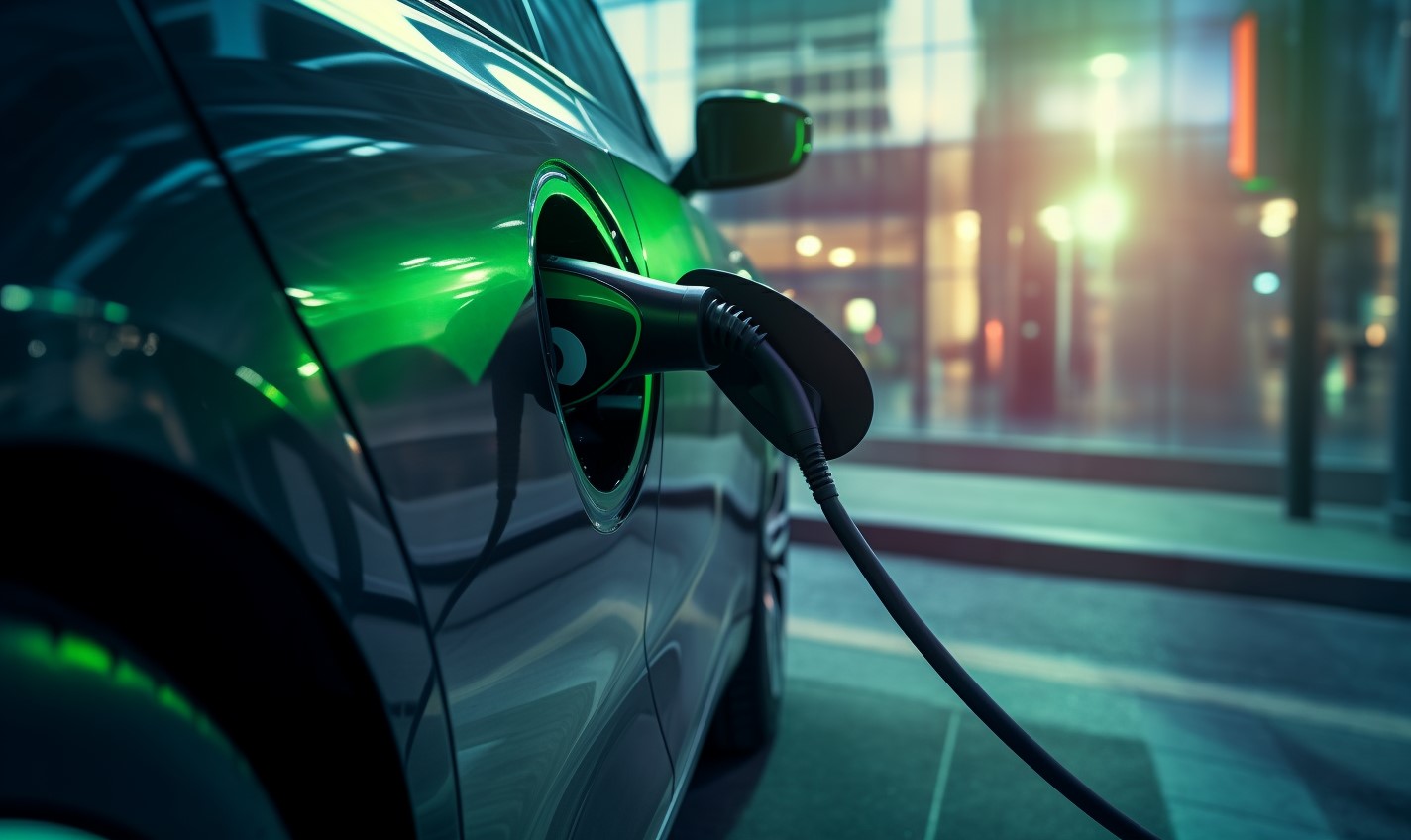Interested to learn how drones work? Drone technology is advancing rapidly and becoming more accessible to consumers who want to pilot uncrewed aerial systems (UAS). Commercial drones come in many shapes and sizes and can be customized to fit the end user.
Learning How Drones Work
The global commercial drone market is expected to boom in the coming years. A study by Grand View Research estimates it to rake in $57 billion in revenues by 2030. Drones have a wide range of industrial and creative applications, making them a highly profitable product.
Drones are seeing massive adoption worldwide, from autonomous deliveries and warehouse maintenance to personal recreation and public safety monitoring. They can do complex tasks with incredible efficiency and accuracy. The best part is they’ll only get better as drone technology improves. Here are some of those technologies at work.
Achieving Lift
Understanding how drones work begins with learning how they achieve flight. It’s one of the main selling points of drones and an exciting mix of technology, design and physics. Drones use a combination of wings and rotors to take off and fly in different directions. While fixed-wing drones may need a runway or launcher to take off, rotary drones lift off using rotors.
A drone has light but powerful motors to spin the rotors and achieve lift. The rotors push against the air with enough force to exceed the downforce exerted by gravity. Once airborne, drones can hover, increase altitude, change directions and do other aerial maneuvers.
Drones with more rotors can achieve more lift, speed and stability. This is why many commercial drones feature a 4-rotor setup and quadcopters are among the most popular drones in the market.
Rotors also help with acceleration and deceleration. Drone pilots can change speeds by increasing or decreasing the rate of the rotors. The faster the rotors spin, the quicker the drone goes and vice versa.
Maintaining Stability
Aside from the ability to hover, drones can also do many complex flight maneuvers. Drones must be stable enough to avoid crashing or accidentally bumping into objects. Again, rotors play a considerable role in maintaining drone stability.
Quadcopters have excellent balance thanks to their 4-rotor setup. They can adjust their orientation and direction and stay level by decreasing or increasing the rotation speed of their rotors.
Drones also have a multitude of sensors that help maintain stability. These highly sensitive sensors feed data to the drone’s microprocessors to keep it stable in strong winds. The combination of high-performance sensors and rotors makes quadcopter drones ideal for aerial photography, videography and other applications that require balance and stability.
Maintaining Control
A pilot’s primary connection to the drone is the controller. The drone controller can be anything from a gamepad or joystick device to a phone and tablet. Some drone controllers have built-in screens to help the pilot see where the drone is headed when it goes out of sight.
Controllers can have a variety of buttons and joysticks to help the pilot direct the drone. Some of the primary drone controls include the following:
- Pitch: The pitch is the forward or backward maneuver of the drone. Pilots adjust the tilt of the drone by using the pitch control typically found in the right stick of the drone controller.
- Roll: The roll controls the sideways motion of the drone. Pilots can move the drone to the left or right by pushing the right stick in their desired direction. This control lets the pilot do barrel rolls
- Yaw: A drone’s yaw control allows it to rotate using the left stick. Think of it as panning to the left or right like a person would when they turn their head. Unlike rolling, yaw control allows the pilot to rotate the drone in place.
- Throttle: The throttle controls the altitude or the height of the drone. Pilots can push the left stick forward to increase speed and downward to decrease it. The throttle allows the pilot to climb and get a bird’s eye view of a location or descend to land on the ground for recharging.
Staying Connected
Drones rely on the teamwork of pilots and processors to do precise calculations and execute complex maneuvers. It’s a delicate dance between skill and advanced hardware and software. High-tech flight controllers handle different functions like sensing, controlling and connectivity, while pilots always ensure proper control.
The flight controller is considered the brain of the drone. It contains complex processors, electronic chips and a circuit board that controls and monitors everything a drone does. The more high-tech a drone is, the more complex the flight controller is.
Flight controllers take care of the communication between drones and pilots. Drone sensors use radio frequencies and Wi-Fi to exchange information and process commands. This feature allows pilots to control drones at impressive distances.
Advanced Drone Features
Some drones with high-end flight controllers have advanced features like the following:
- Follow Me Mode or Terrain Following: A feature that allows the drone to track its user while moving. This feature is perfect for capturing cinematic and action videos without worrying about drone piloting.
- Autonomous Take-Off and Landing: Take-off and landing can be tricky for beginners and even advanced drone pilots. This feature allows smooth take-off and landing and reduces the chances of crashing.
- GPS Tracking: An advanced feature that lets drones hover in place and navigate, GPS capabilities make flying safer and more accurate while on the field.
- Obstacle Detection: Drones with obstacle-detection capabilities can sense objects to avoid bumping into them. This feature is incredibly helpful when flying in heavily wooded locations and through narrow passes.
- LiDAR Sensing: Drones with LiDAR sensors are used for mapping services. The technology allows pilots to scan the ground and measure distances using lasers. Specialized drones with LiDAR sensing are often used in the surveying industry and have many applications.
- Gimbal Stabilizer: This feature makes aerial photography and videography smoother and more efficient. Gimbals can help high-resolution cameras focus on subjects and significantly reduce blurring.
Different Drone Types and Uses
Drones can be classified into two main categories: fixed-wing and rotary. Both types have merits and drawbacks and are used for specific purposes.
Fixed-wing drones can be hand-launched units similar to remote-controlled planes. Bigger fixed-wing drones typically require a runway or a launcher to gain speed. They’re also generally faster and can fly much longer than rotary drones due to their larger battery capacity. These drones are often used in defense, mapping and surveying applications.
On the other hand, rotary drones are smaller, more stable and easier to fly. They are the most popular drones in the market due to their wide customization options, versatility and lower price point. While multi-rotor drones may cost less than larger fixed-wing drones, high-end rotary drones can cost upwards of $10,000, depending on their technology and flying capabilities.
The massive worldwide adoption of drones in various industries is also set to make ripples in the job market. An estimated 100,000 jobs are expected to open in drone-related fields by 2025. Highly skilled UAS operators can expect upwards of $100,000 in annual salary in different industries. Here are some sectors that continue to depend on drones:
- Mapping
- Agriculture
- Aerial photography and videography
- Monitoring traffic, air and water quality, wildfires
- Surveying
- Surveillance
- Search and rescue
- Journalism
Drone Technology Taking Off
New drone technology is blurring the line between fixed-wings and rotaries. Colorado-based aircraft manufacturer PteroDynamics is developing vertical take-off and landing (VTOL) drones to combine the best capabilities of the two drone types.
Their X-P4 Transwing can take off using four rotors and transform into a fixed-wing drone mid-flight. It’s a fantastic blend of design and engineering with great potential for various industrial applications. The company is developing newer systems to allow the X-P4 Transwing to land on moving targets precisely.
Advancements like these will only make drones better in the coming years. The drones of the future will be able to go farther, carry bigger payloads and do more specialized work to augment industries and create more jobs. Knowing how drones work will help encourage its use in people’s daily lives.
Recent Stories
Follow Us On
Get the latest tech stories and news in seconds!
Sign up for our newsletter below to receive updates about technology trends














